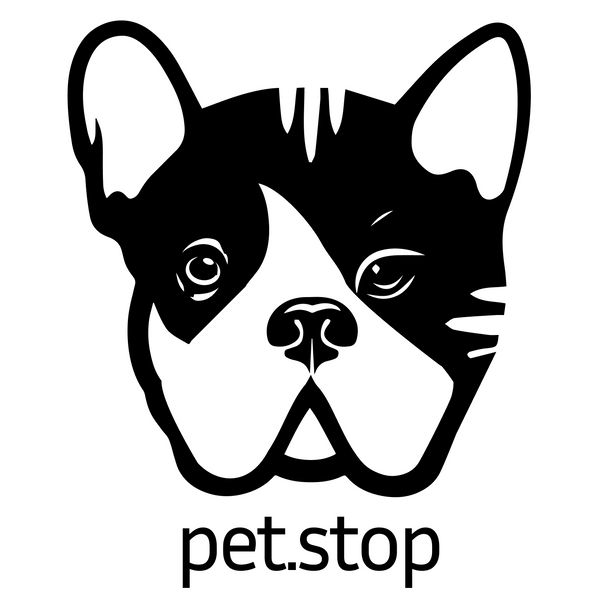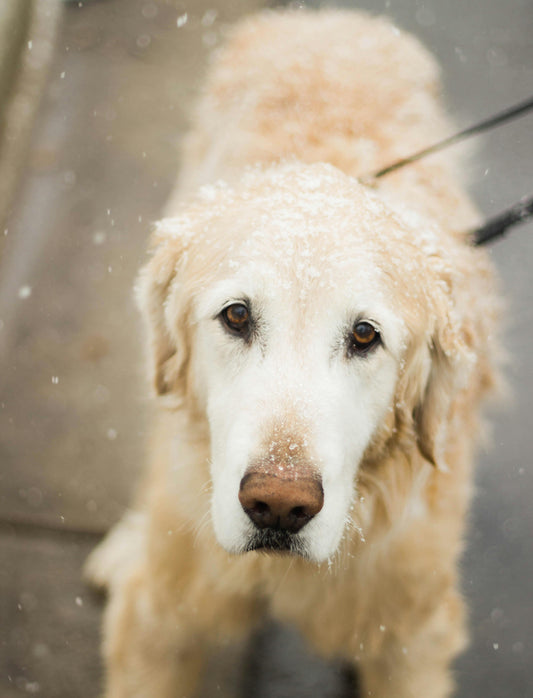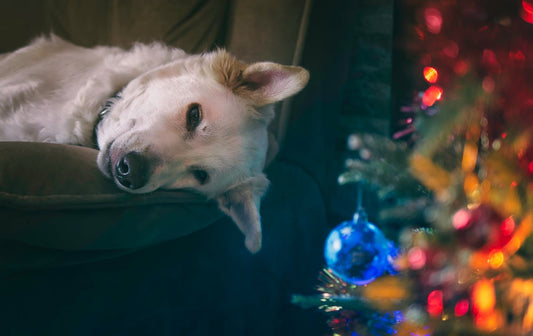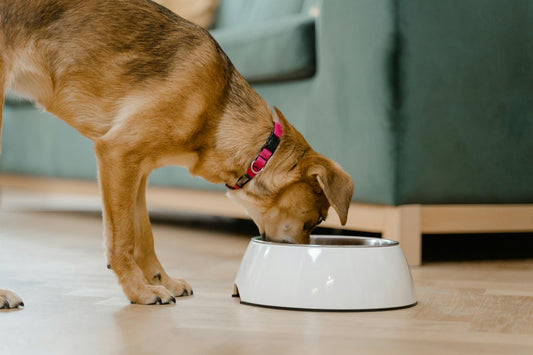Dog toys are an essential part of any pet owner's collection. They provide entertainment, exercise, and mental stimulation for dogs of all ages and sizes. However, like any other item in your home, dog toys can become dirty and potentially harmful to your pet's health if not cleaned regularly. In this article, we will explore how often dog toys should be cleaned and why it is important to do so.
The frequency of cleaning dog toys depends on various factors such as the type of toy, how often it is used, and the environment in which it is used. Soft toys, for example, may need to be washed more frequently than hard rubber toys. Dogs that play with their toys frequently or take them outside may require more frequent cleaning than those who only play with them indoors. Additionally, toys that are shared between multiple dogs or used by dogs with compromised immune systems may require more frequent cleaning. In the next section, we will discuss the potential risks associated with dirty dog toys and why it is important to keep them clean.
Determining Cleaning Frequency
When it comes to cleaning your dog's toys, determining the frequency of cleaning is crucial for maintaining your dog's health and safety. Here are a few factors to consider when deciding how often to clean your dog's toys:
Toy Material and Type
The material and type of toy play a significant role in how often it should be cleaned. Soft toys, such as plushies and ropes, tend to accumulate more dirt, bacteria, and saliva than hard toys, such as rubber balls and chew bones. As a general rule, soft toys should be cleaned more frequently than hard toys.
For example, plush toys should be washed every week or two, while hard toys can be cleaned every one to two months. Additionally, toys that are frequently used or shared by multiple dogs should be cleaned more often than toys used by a single dog.
Dog's Chewing Habits
Another factor to consider is your dog's chewing habits. If your dog is an aggressive chewer who frequently tears apart toys, the toys should be cleaned more often. The more a toy is chewed, the more likely it is to accumulate dirt, bacteria, and saliva.
If your dog is a light chewer who rarely damages toys, you can clean the toys less frequently. However, it's still important to inspect the toys regularly to ensure they're not harboring any harmful bacteria.
Health Considerations
Finally, it's important to consider your dog's health when deciding how often to clean their toys. Dogs with weakened immune systems, allergies, or other health issues may be more susceptible to infections caused by bacteria on toys. In these cases, toys should be cleaned more frequently to reduce the risk of infection.
Overall, determining the frequency of cleaning your dog's toys depends on a variety of factors such as the toy material and type, your dog's chewing habits, and their health considerations. By taking these factors into account, you can ensure that your dog's toys are clean and safe for them to play with.
Effective Cleaning Methods
Hand Washing Techniques
One of the most effective ways to clean dog toys is by hand washing them. This method is ideal for toys made of rubber, nylon, or plastic. To start, rinse the toy with water to remove any loose dirt or debris. Then, use a brush with soft bristles to scrub the toy with warm soapy water. Rinse the toy thoroughly to ensure that all soap residue is removed. Finally, let the toy air dry completely before giving it back to your furry friend.
Dishwasher Use
Another effective way to clean dog toys is by using the dishwasher. This method is ideal for toys made of hard plastic or rubber. Place the toys on the top rack of the dishwasher and run a cycle with hot water and no detergent. Once the cycle is complete, remove the toys and let them air dry completely before giving them back to your furry friend.
Natural Cleaning Solutions
For pet owners who prefer natural cleaning solutions, there are several options available. Vinegar and baking soda are two common household items that can be used to clean dog toys effectively. To use vinegar, mix equal parts of water and vinegar in a bowl and soak the toys for 30 minutes. Rinse the toys thoroughly and let them air dry. To use baking soda, mix 1/4 cup of baking soda with 1 quart of water and soak the toys for 30 minutes. Rinse the toys thoroughly and let them air dry. These natural cleaning solutions are safe for your furry friend and are effective in removing dirt and bacteria from their toys.








